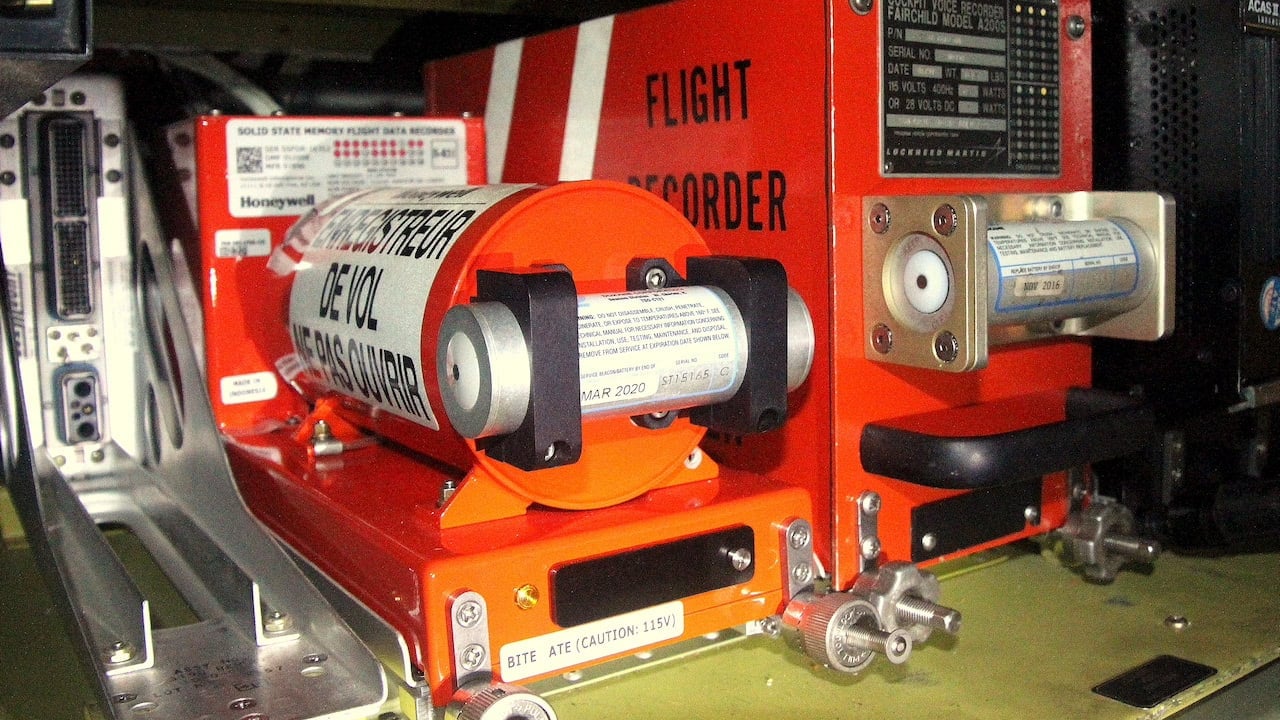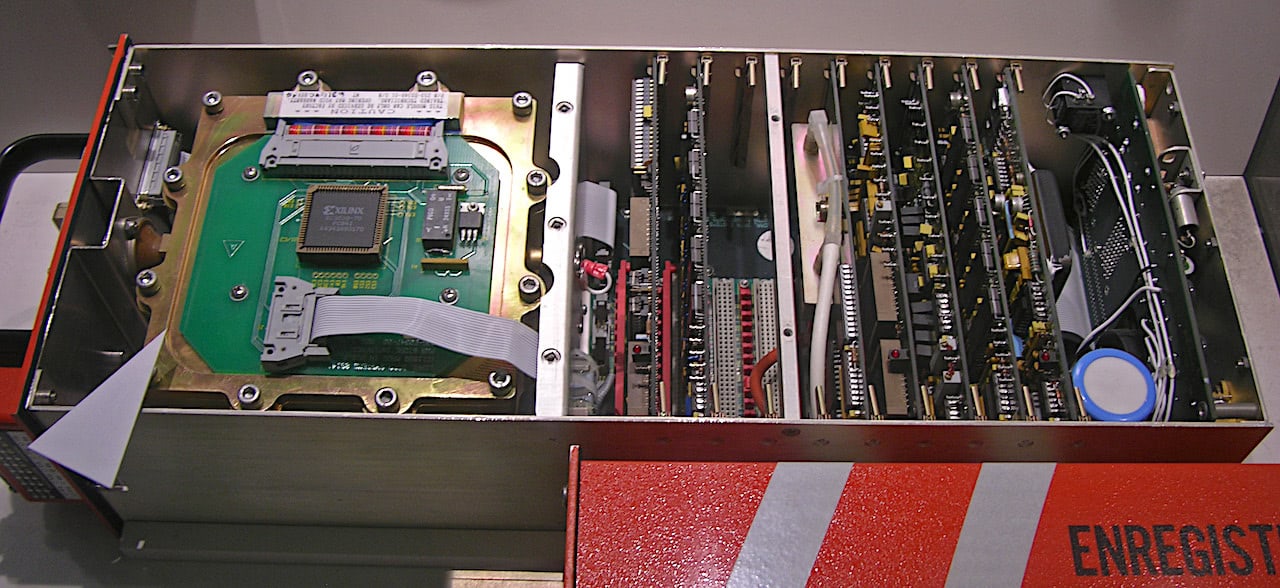As is usually the case with all major scientific and technological advances, there is no sole person responsible for the creation of aeroplane’s black boxes. Still, we can say that the first prototype was presented in 1939 by the French engineer François Hussenot.
It was a device that was made with cinematographic film calibrated with mirrors in which thrown flashes sent by the aeroplane’s sensors were registered.
And guess what happened? The whole world was immersed in World War I and that’s the reason why it is said that in June 1940, Hussenot buried his prototype black box in a beach to prevent the Germans from getting hold of it.
Nowadays…
The early stages of the black box in aircraft, as we now know it, didn’t arrive until 1953. In this year, the chemist and aeronautical Australian engineer, David Warren, started the investigation of a series of accidents of the De Havilland Cornet, the first commercial reaction aeroplane.
In 1958, Warren had already designed the first prototype of a “flight memory unit” which, in the beginning, was rejected by the aviation authority who did not think it was useful. Also, pilots considered it to be an intrusion to their work and claimed it was a spying system.
Finally, half way through the 60s, it was established that voice and flight recorders would be compulsory equipment for all aircraft weighing over 7000kg.








